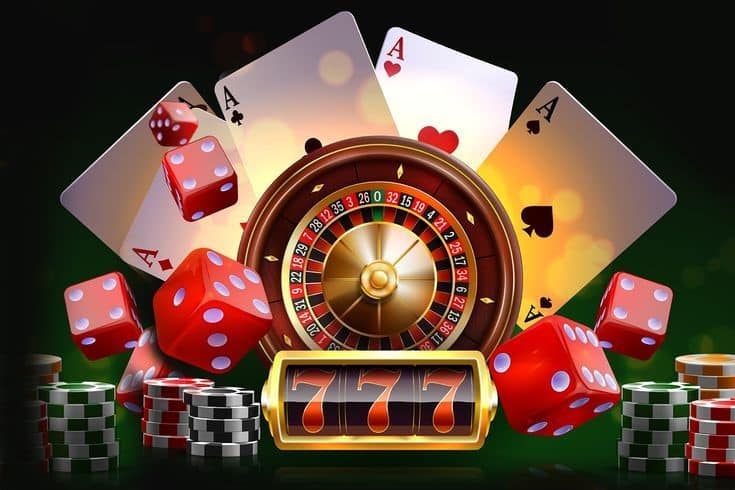
Beneath the glittering lights and those enticing noises of spinning wheels lies a vibrant world in which creativity meets mathematics: the making of casino games. While players flock to gaming establishments seeking excitement plus the possibility of striking it rich big, a vast amount of work takes form behind closed doors to create these games for their enjoyment. From the initial concept to the final product that players engage with, numerous elements come together to ensure a captivating play experience.
Creators, engineers, plus game creators work together to merge innovative technology with engaging gameplay features. Each aspect, from visuals and audio elements to odds plus payouts, is carefully designed to attract players and keep them entertained. Understanding the intricate process of the way casino games are made reveals both the technical expertise involved but also the creative vision that transforms these immersive experiences to life.
Casino Game Development Process
The design workflow starts with brainstorming and conceptualization, where creators generate concepts for new casino games. This first phase often includes pinpointing potential audiences and understanding market trends. Designers consider factors such as game mechanics, themes, and payout structures to develop an immersive experience. Collaboration between game designers, mathematicians, and artists is crucial to ensure a balanced concept.
Once a design is selected, the next stage involves prototyping and testing. Designers create a functional version of the game to evaluate its playability and mechanics. This facilitates adjustments and refinements based on feedback from testers. Reiteration is vital, as designers may navigate multiple rounds of evaluations to fine-tune gameplay balance and user experience. This stage is crucial for spotting any potential issues before the game goes into production.
After testing, the game moves into development and production. This comprises the technical aspects of coding the game software, integrating graphics, and making sure compliance with gaming regulations. Quality assurance testing verifies that the game functions flawlessly across various platforms and devices. Once everything is polished, the game is prepared for launch, usually accompanied by promotional tactics to draw in players and generate buzz around the latest casino game.
Tech and Development
The evolution of casino games has transformed significantly with developments in tech. Contemporary game design often features high-quality graphics, engaging sound effects, and engaging animations that provide a thrilling experience for players. Game developers use sophisticated software tools and programming languages to build these interactive gaming experiences. Additionally, the use of random number generators ensures fairness and unpredictability in outcomes, which is essential for ensuring player trust and compliance with gaming regulations.
In recent years, the rise of online casinos has pushed the boundaries of game development even further. Developers are now able to design games that cater to a global audience, incorporating features such as live dealer options and virtual reality environments. This shift has encouraged innovation, leading to novel game mechanics and formats that enhance player engagement. Mobile gaming has also become a key focus, encouraging developers to tailor games for mobile phones and tablets, ensuring availability and convenience for players on the go.
Collaboration among creators, artists, and math experts is essential in the development process. Each team brings their expertise to make sure games are not only aesthetically pleasing but also mathematically sound and enjoyable. The integration of player feedback during beta testing allows developers to improve game features and functionalities, ultimately leading to a positive launch. As technology continues to advance, the potential for innovative game concepts and experiences is endless, promising an enticing future for casino games. not on GamStop
Testing and Quality Assurance
Once a slot has been created, it moves into the essential phase of evaluation and quality control. This stage ensures that the game operates seamlessly and provides a fair experience for players. Teams conduct comprehensive tests, including functionality checks to ensure that all game features work as expected. Each element, from visuals to audio, is assessed to ensure high standards are met.
In addition to operational testing, the game undergoes stringent compliance checks to meet legal requirements. Multiple jurisdictions have specific regulations governing game fairness and player protection. Quality assurance teams will verify that the random number generators are functioning correctly and that the game’s payout percentages correspond with industry standards. This detailed examination helps establish trust with users and authorities alike.
Finally, user testing may be conducted with real players to obtain insights on user experience. This invaluable insight allows developers to implement necessary adjustments before the official launch. Addressing any possible issues identified during this phase helps ensure that gamblers will enjoy a smooth, engaging experience when the game goes live. The commitment to excellence reflects the industry’s dedication to delivering pleasant and dependable casino games.
